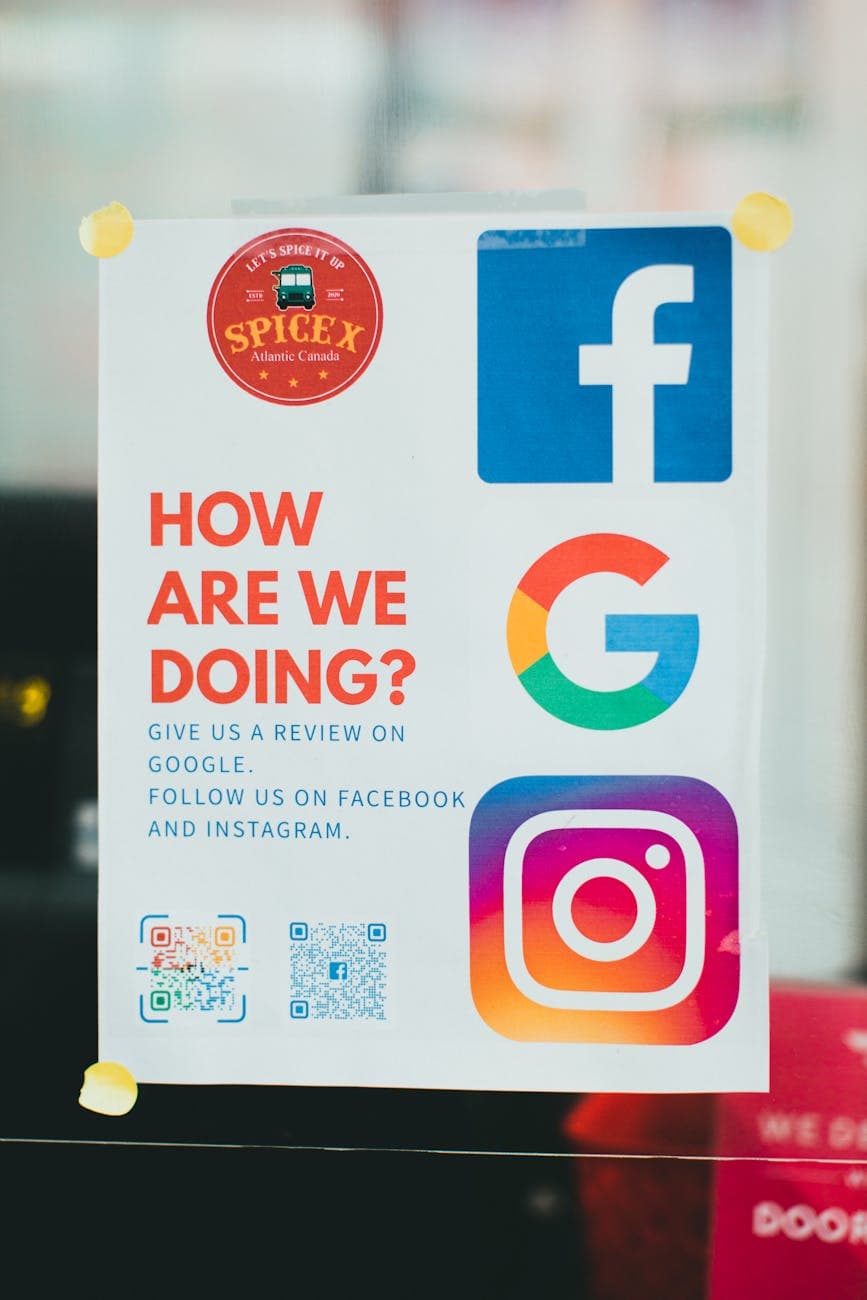How Customer Reviews are Revolutionizing SaaS Support

In the fast-evolving realm of software as a service, or SaaS, one trend stands out for its outsized influence: the rise of public reviews as a critical feedback loop. G2, Trustpilot, Capterra, and a raft of industry forums now host an endless stream of user opinions. For business leaders and support professionals, these reviews have become both a mirror and a map. The mirror reveals hard truths and unvarnished praise, while the map signals where to venture next. As organizations sharpen their focus on delivering seamless customer experiences, they are learning that SaaS reviews are not mere reputation tools. They're strategic assets that can transform the entire architecture of customer support.
To understand how, consider the very nature of SaaS itself. In a market where switching costs are relatively low and onboarding happens at the click of a button, customer loyalty is fragile. User expectations are set by a global aggregation of experiences, meaning customers often expect a level of support and user-friendliness on par with, or superior to, what industry giants like Salesforce, Slack, or Zendesk offer. For smaller SaaS vendors especially, reviews are not only a means to market features but also a crucible where support strategies are tested, refined, and sometimes even reimagined.
Behind the ratings and the stars lies a wealth of qualitative data. Customers do not just tick boxes for “ease of use” or “support quality”, they pen anecdotes about how a support rep resolved a crisis before a product launch, or vent frustrations when bugs sat idle for weeks. These stories spotlight the aspects of support that resonate most powerfully. An analysis of hundreds of SaaS reviews across multiple platforms reveals a recurring motif: what endears a user to a product is rarely just technical brilliance. It is the human touch, a surprisingly empathetic support chat, a solution sent at midnight, the personalized follow-up that made a user feel like more than just a ticket number.
Savvy companies mine this content systematically, treating it as a source of competitive intelligence and operational improvement. One challenge, however, is the sheer volume and variability of review data. It’s tempting to focus exclusively on negative reviews, scrambling to clean up after visible failures. Yet both praise and criticism must be examined as signals for broader process improvement. AI-enabled sentiment analysis tools have started to help here. They can quickly parse thousands of reviews, flagging trending pain points and recurring accolades. By categorizing feedback by theme, such as response time, issue resolution, or communication style, support managers can identify systemic issues long before they snowball.
The impact of this vigilance can be profound. Take the case of an emerging SaaS fintech solution that was struggling with user retention despite a technically advanced product. An audit of its reviews showed an outsize number of complaints about unanswered tickets and robotic autoresponses. In response, the company overhauled its support processes: they added a tiered support routing system, invested in better training for empathy and active listening, and empowered agents to solve more problems without escalation. Six months later, not only did the proportion of positive reviews climb, but customer churn also dropped precipitously. The feedback cycle, powered by reviews, had catalyzed a genuine change in the company’s approach.
Of course, reviews rarely function as an entirely objective account of reality. Disgruntled users are often more motivated to post than those whose expectations were simply met. Yet, this does not lessen their value. If anything, it makes the signal richer; the emotional charge behind negative reviews often encapsulates pain points most urgent to address. More importantly, companies that respond to reviews publicly demonstrate both transparency and a willingness to learn. Such engagement signals to current and prospective customers that their voices matter. In an environment where trust is currency, this simple act can become a formidable differentiator.
There are, however, significant challenges in operationalizing this feedback. For one, privacy considerations and compliance requirements may collide with the open-ended nature of review forums. There is also the risk of being overwhelmed or demoralized by critical feedback, which can stall meaningful change if not managed carefully. Some organizations fall into the trap of gaming the system, focusing on soliciting positive reviews rather than improving the underlying reality. This strategy is short-lived. Today’s customers are adept at reading between the lines and are quick to spot insincerity or manufactured praise.
Instead, the lesson for SaaS providers is clear: integrate review analysis deeply within your support improvement cycles. This requires not just monitoring but structured internal processes. Quarterly meetings might feature anonymized excerpts from reviews for team discussion; product roadmaps can be aligned with recurring complaints around usability or missing features; training modules can be updated to address the types of soft skills that reviews consistently celebrate or bemoan. Cross-functional teams should treat reviews not as a public report card but as a diagnostic tool, a continuous, crowd-sourced focus group that costs nothing and yields insights unavailable anywhere else.
The upside is significant. Companies that excel in customer support do more than placate angry users. They transform those critics into advocates. Many of the most effusive positive reviews traced by researchers begin as stories of failure. They recount how something went wrong, a feature misfired, a billing dispute arose, but then narrate how the company’s response changed the user’s mind. These testimonials are among the most credible forms of marketing, far surpassing any paid ad. In many cases, the very act of engaging a public review and demonstrating a solution creates a double win: the original user is retained, and uncounted future prospects see proof of the company’s values in action.
As SaaS ecosystems grow ever more competitive, leveraging review platforms for customer support improvement is no longer optional. It is central to long-term differentiation. The insights gleaned from reviews are not just about fixing the squeakiest wheel, but about cultivating a culture of relentless empathy and adaptation. For SaaS providers willing to listen and evolve, the humble customer review is both compass and fuel, charting a course toward a more resilient, responsive, and trusted brand.


